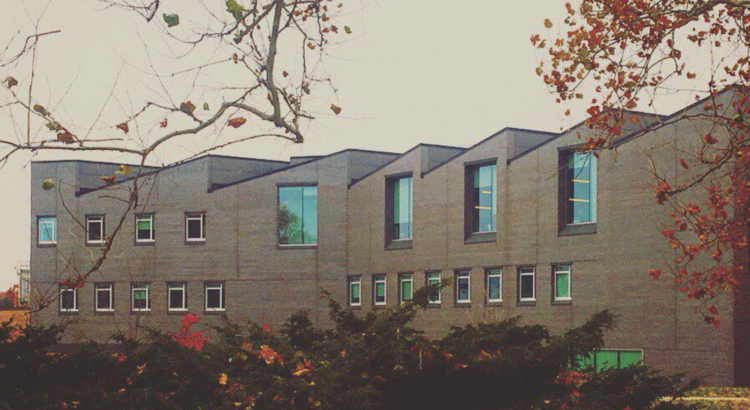
Hi Everyone!



Hi Everyone!
You read that right people. Today we need to delve into the topic of creating a space that is worthy of your presence and helpful in getting your creative juices flowing. It’s all about the vibes that you enjoy and the kind that gets you thinking about being productive.
Let’s talk solely about bedrooms, dorm-rooms, whatever place you may sleep, eat, and attempt to do homework in. This is an essential place in which you should find yourself being productive in. I know some people love going to the library to study or a coffee shop, but let me tell you, when that winter storm hits the streets (and it will), your thoughts on leaving wherever you reside will be nonexistent. Therefore, having your room be as helpful to your life as possible is so very important.
1. Make it comfy

Comfort is always key. Your bed, should be a mountain of fluffy clouds that, when jumped in, you lose all memory of what it is you need to be doing. Therefore, when you have your bed piled perfectly high with the right amount of comforters and pillows, stay far, far away from it. I mean it. Find a stool, a chair, a desk, or anything that you can sit on that’s sturdy and is forcing you to sit upright in. This is important for when you are doing your work. You can work endlessly on projects, schoolwork, writing, drawing, or whatever else you need to get done, and when you will undoubtedly reach your wit’s end, cannon ball right into that mass of comfort.
2. Have Pictures/Words that You Enjoy Surrounding You

What I mean by this is: have an image from your favorite editorial posted on your wall, a quote from a favorite movie taped to your desk, or a painting that you’ve created hanging above your bed. Surrounding your space with images or words that inspire you is a great way to visually stimulate your mind. They indicate moments of creativity from others, or yourself, and staying inspired is always important in any creative space.
3. Don’t Underestimate Lighting

Lighting can make or break a work environment. From dim and super bright, to yellow and blue, lighting is an important way to determine a space’s ambiance. Yes, you may need to see when you do your work, but can you relax your mind enough to think clearly with that bright yellow light shining? That is the question. Have varying lighting options so you can choose what kind of creative space you may want to work in.
These are just a few tips that have helped me decorate my bedroom, and create a creative space in which I can be productive in. Of course, it is all about what you enjoy surrounding you and inspiring you, and I encourage everyone to take into consideration how the environment you reside in can make or break your creativity.
In the days before Sputnik, Wan-Hu, a Chinese official, strapped 47 rockets and two kites to a chair in an attempt to launch himself into space. When the smoke cleared, Wan-Hu was gone. There was no sign of his chair. No sign of his kites. No sign of the rockets other than some spilled gunpowder and burn marks on the ground. Wan-Hu left the Earth, and he was never seen again. Whether he left the Earth together or in pieces, one cannot say, but the man disappeared that night.
The hopeful and imaginative mind, untarnished by science, would believe Wan-Hu’s rocketry carried him into space. The combined force of 47 rockets accelerated him out the atmosphere and into the ether beside the moon. Perhaps the force had been so strong that he was thrust into the sky at the speed of light. Sent careening out of our solar system to explore the rest of the galaxy. Zooming by moons and planets and stars, his chair a galactic throne and he the celestial ruler. As he moved at the speed of light, delving into our photograph of space that once was, Wan-Hu left the Earth to age in his wake. Centuries passed as he traveled, untouched by time, seeing all the things our telescopes have yet to detect. Watching stars burst, planets form. Dark matter become colorful. Asteroids collaborate to form moons. Civilizations grow and crumble and rise again. Representing Earth as he comes into contact with other life. Becoming allies, forming friendships. Experiencing everything that our childhood minds dreamed and things our adult minds refused to believe. A being of the fourth dimension, Wan-Hu and his 47 rockets escaped our rock. While we look up to the stars and curse at our stagnant state, perhaps we may see him, floating on his kites beside Vanguard 1 and our cluster of satellites. We in our rocking chairs, he in his rocket chair.
But we cannot believe it. Sure, Wan-Hu left the Earth. He disappeared, not because he escaped into space, but because he was scattered into ten million pieces. Our crutch of science tells us he did not escape our galaxy. Our years of advanced arithmetic disprove the fantastic simplicity of 47 rockets, 2 kites, and a chair as means of exploring space. Our investment in the invention of science refuses to believe that Wan-Hu was successful. The second brains in our pockets can prove it. We believe it. We do not wonder about Wan-Hu because our smart phones tell us the truth. Science seeks to understand wonder, but the act of pursuing it can turn Wan-Hu to dust.
Imagination can put Wan-Hu into space.